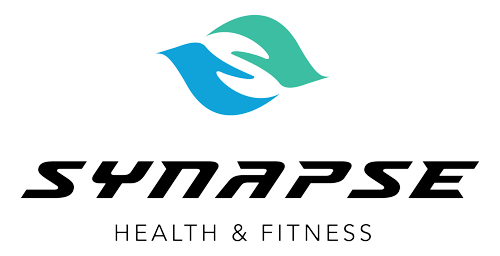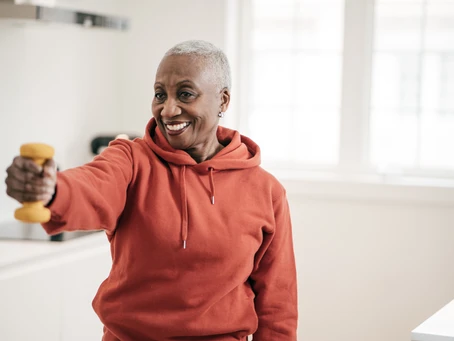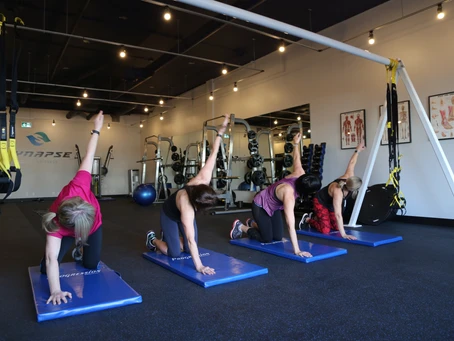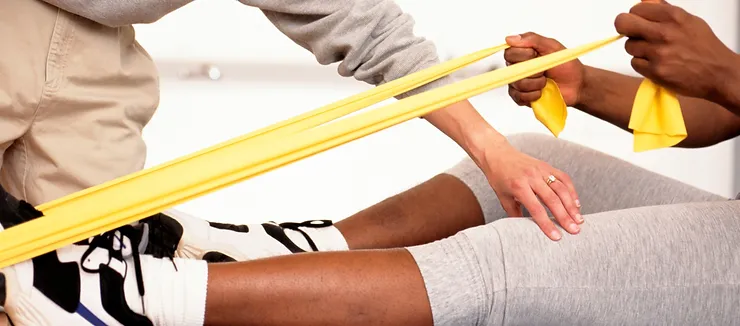
Don’t be fooled by the name! Athletic therapy is not just for athletes. Whether it’s back pain from weekend golf, knee pain from gardening or headaches caused by sitting at a desk – an Athletic Therapist can help! Our goal is to not only treat pain, but to find the root cause of the pain and set you up for success in ensuring the pain actually stays away so you can get back to leading the life you love. Athletic Therapists, or AT’s for short, are trained to help a wide range of individuals such as:
- Those suffering from chronic pain
- Experiencing aches and pains with their daily activities
- Recovering from a car accident or workplace incident
- Anyone who simply wants to move better
HISTORY OF ATHLETIC THERAPY
Despite starting out as a niche field dedicated to athletes, the largest percentage of Athletic Therapists working today work in clinics and hospitals; while only a small minority work with professional or collegiate sport teams. Athletic therapy started out as a sports medicine profession aimed at helping athletes during the late 19th century upon the establishment of intercollegiate sport in the United States. In 1950, the National American Trainers Association, or NATA, was established in order to set professional standards for every athletic therapist. Shortly after, in 1965, the Canadian counterpart known as CATA was formed. Athletic therapy became recognized as an allied health profession by the American Medical Association in 1990. This type of regulation gives most people the opportunity to bill Athletic Therapy appointments through their insurance providers. Athletic therapy is also known as Athletic Training in the United States with most sports teams referring to their AT as a “trainer”.
WHO ARE THEY?
WHAT DOES A SESSION LOOK LIKE?
- Start with your story, because everyone’s is different: A typical session with an athletic therapist would start with a detailed discussion about your background, injury history, and health goals.
- Look at what’s going on with your body: After we take a trip down memory lane, we go through a comprehensive assessment that includes looking at:
- Posture – how do you sit and stand?
- GAIT – this is a fancy term for seeing how you walk or run
- Range of motion – capability of a joint to go through its complete spectrum of movements
- Strength – this one is pretty straight forward
- Neurological function – how the brain functions and communicates to your body
- Joint stability – ability to maintain or control joint movement or position
- Breathing – are you a mouth or nose breather? Chest or belly?
- Develop a unique treatment plan: After completing the first two steps, we can develop a step by step plan that is best suited for your goals. This might include manual treatment techniques such as:
- Massage
- Soft-tissue release
- Joint mobilization
- Electrical stimulation
- Cupping
- Ultrasound
- Develop an individualized exercise approach: In addition to using a hands-on treatment approach, we would collaborate on an exercise program with our Movement Specialists that could include a variety of different exercises aimed at improving flexibility, strength, balance, and coordination.
Want to try it out?
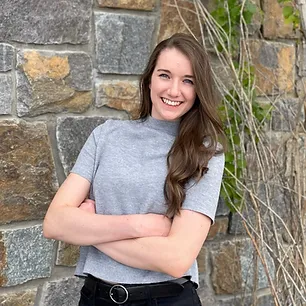
IVETA MILCIUTE, Athletic Therapist
Iveta is an Athletic Therapist & Rhythmic Gymnastics Coach. She graduated from the Bachelor of Health & Physical Education program with a major in Athletic Therapy from Mount Royal University in Calgary. Her personal background is in the sport of rhythmic gymnastics, where she trained & competed at the national level for almost 12 years. During her competitive career she achieved numerous championship titles, competed at national and international events, and was a member of the Canadian National Team. She has worked with a wide range of sports & athletes, including soccer, hockey, volleyball, basketball, and even curling. In her spare time, she enjoys hiking, fishing, yoga, and golf in her spare time.
